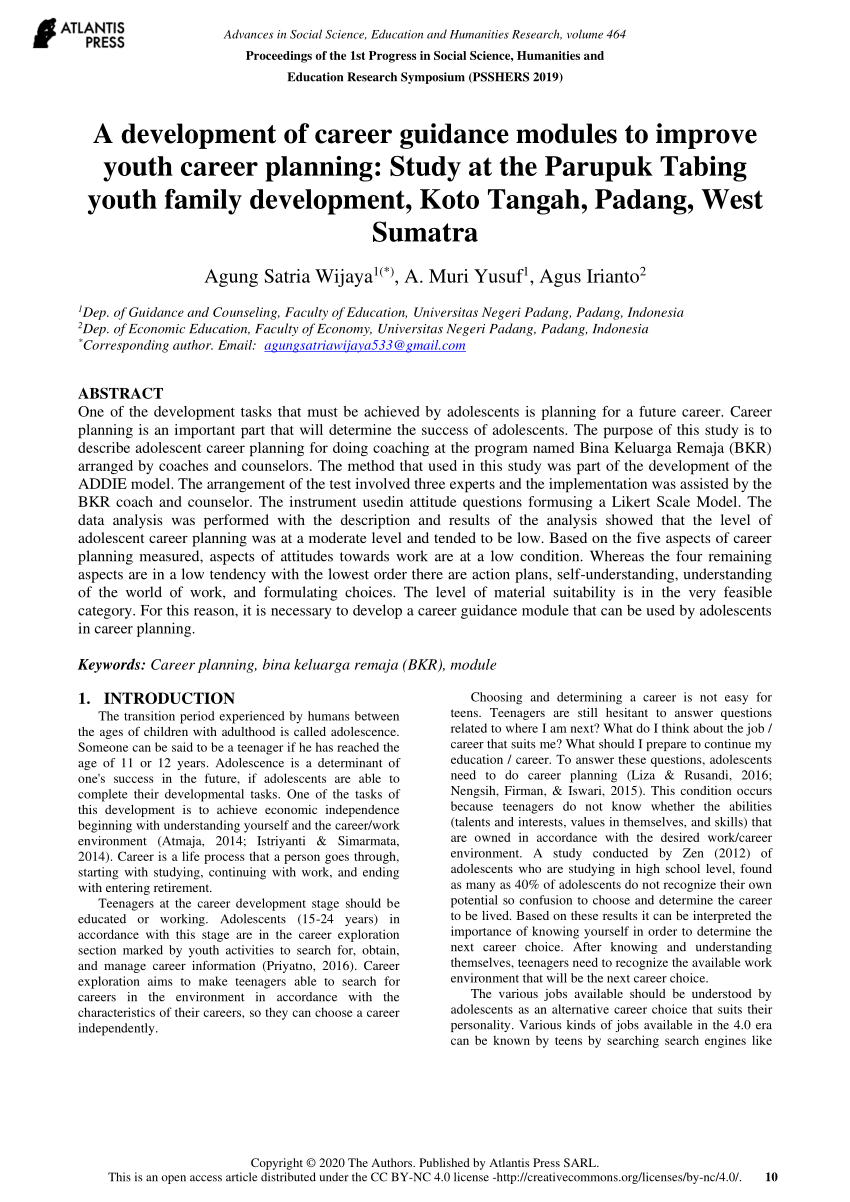
Succession planning involves identifying the key positions and skills required for your organization. You also need to identify weaknesses and areas where talent can be attracted. External sources of talent can also be identified and strategies developed to recruit new talent for these important positions. For example, you might want to partner with other organizations to recruit employees with critical or essential skills.
Assessment of talent pool
The key to a company's success is assessing the talent pool and planning for succession. This allows for the identification of key competencies and responsibilities. It also helps in allocating these people to various positions within the organization. This assessment can be done either internally or externally. There are many ways to assess talent pools.
To assess the talent pool necessary for succession planning, it is important to identify the workforce that should be considered. This includes pay plan, job title, grade, and geographic location. You can also define the talent pool by using management definitions, or by surveying employees.

Identifying key positions
The key positions are the first step to succession planning. These are the positions that have high levels of decision making authority and specialized responsibilities that influence organizational success. They may include managerial roles or highly specialized individual contributor roles. Key leadership positions are usually the most influential in the succession pipeline and have substantial impact on the achievement of strategic and operational goals. The workforce must be carefully analyzed in order to identify the key positions. This framework is provided by the State of California Workforce Planning Model.
When deciding on the top candidates for key positions in your organization's hierarchy, it is important that you consider their personality and ability. It is natural to want to promote highly visible employees, but it is also important to look more objectively at their performance. It is easy to overlook those who do a great job behind the scenes. This can have a significant impact on your company's bottom line.
Development of talent pool
The first step in succession planning involves developing a talent base. It allows organizations align their workforce goals with their corporate vision. They can also define competencies around specific skill groups. Talent assessments are used to identify skills and experience gaps. Employers can increase their retention rate through a talent pool by reducing the vacancy period.
Talent pools can be either filled internally or externally depending on the organizational requirements and the skillsets. An internal talent pool is a good way to improve retention and lower training costs. It is not a foolproof strategy and you need to be aware of some things before making a decision.

Implementation of individual developmental plans (IDPs), in collaboration with talent pool
Implementation of individual development plans (IDP) with talent pool is a key component of succession planning. These plans help to evaluate the readiness of employees in their current roles and determine their long-term career objectives. An IDP helps organizations to understand how they can improve their talent pool.
Modern companies recognize the importance of talent management. This study examines talent management's importance in succession planning.